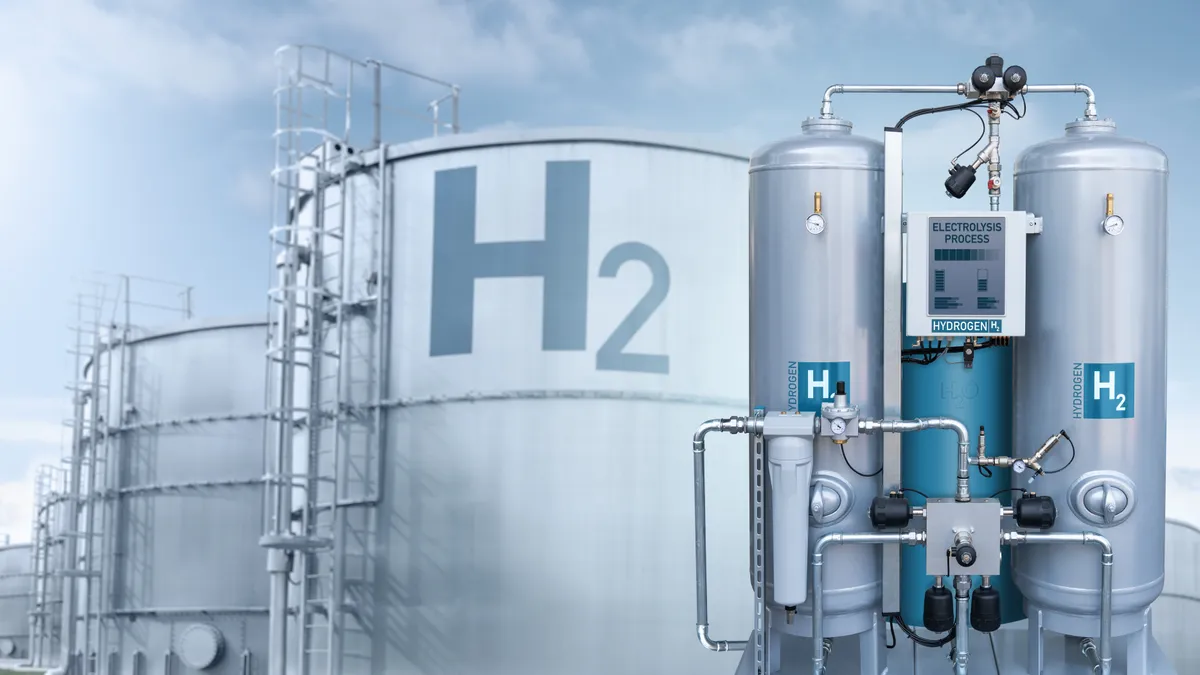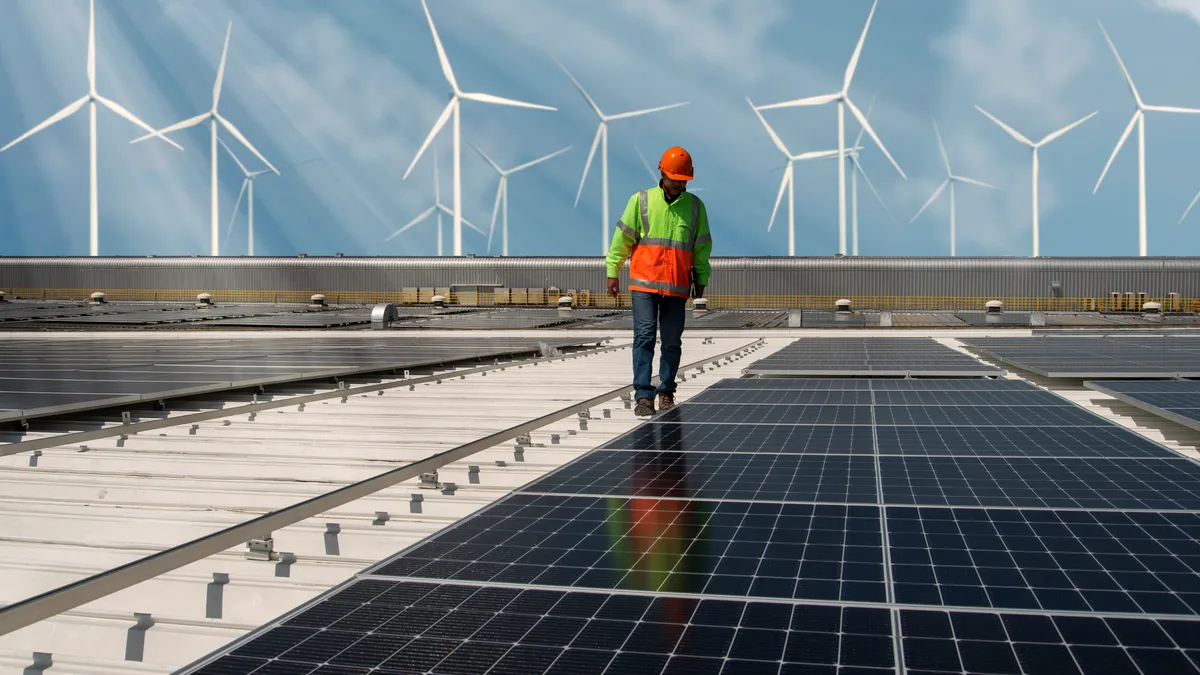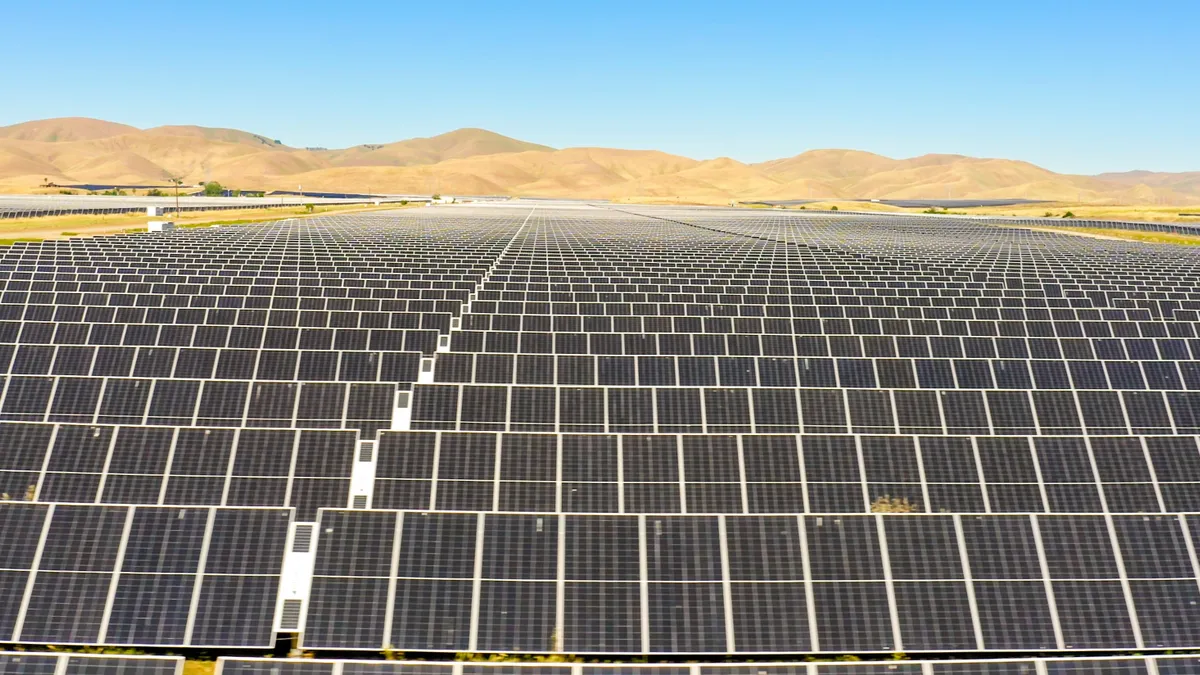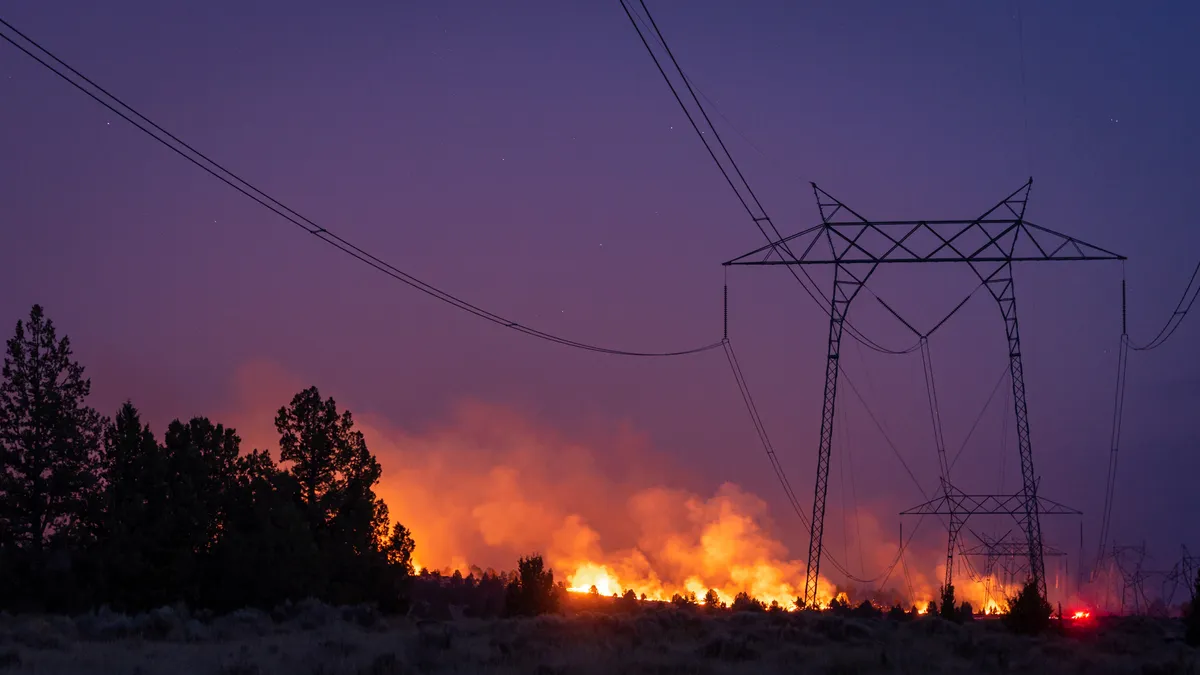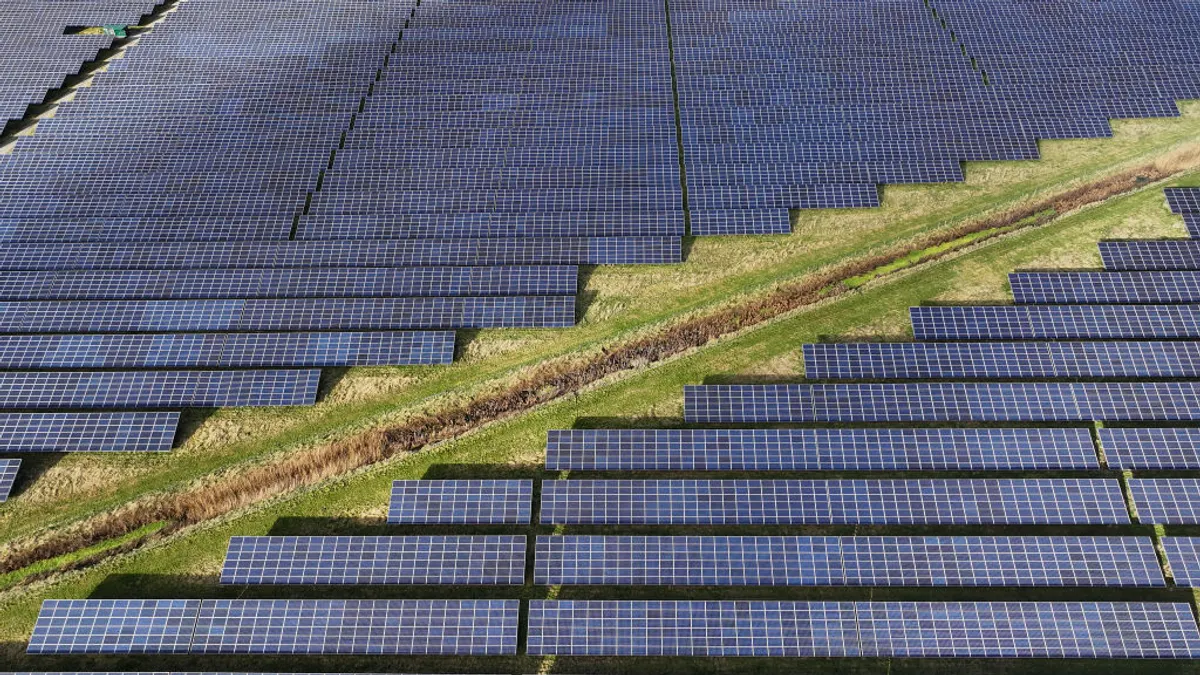Jeremy Harrell is CEO of ClearPath.
Increasing manufacturing and energy production in the U.S. is obviously good economic policy, but also strong climate policy, because our environmental standards are some of the strongest in the world. Unlike fuels in use today, hydrogen produces no carbon when it’s burned or used as a feedstock and has applications for the industrial sector including steel, cement and chemicals. The U.S. is sitting on the potential to produce more, we just need policies that work.
Clean energy project developers and those invested in lowering global emissions have rallied around hydrogen as a piece of the puzzle. The $8 billion Department of Energy Hydrogen Hubs have the potential to get these projects off the ground, but the clock is ticking on deployment.
For those who attended New York Climate Week and the U.N. General Assembly in September, much of the “buzz” was around hydrogen production, whether it be from natural gas or zero-carbon resources like renewables or nuclear power. Production is an important piece of the energy transition, but without the infrastructure to support hydrogen and its unique properties, we won’t meet the climate goals set by the private sector or governments.
Alongside the DOE Regional Clean Hydrogen Hubs that are already underway, midstream distribution and storage, like pipelines and salt cavern storage, will be critical to the effectiveness of any new hydrogen system. Today, there are only about 1,600 miles of dedicated hydrogen pipeline in use in the United States. To build a resilient and efficient system, we need to construct more midstream infrastructure for hydrogen, particularly pipelines and storage.
Clean hydrogen production has the potential to scale to about 10 million metric tons annually by 2030 — which is roughly equivalent to 10 million gallons of gasoline and more than a 900% increase from current levels — to meet domestic demand. Granted, estimating hydrogen demand is no easy feat. Companies are unlikely to invest in hydrogen to support their operations if they are uncertain that there is the supply or means to deliver it.
Perhaps a line from the classic American film Field of Dreams best summarizes the approach to hydrogen production and infrastructure: “If you build it, they will come.”
Other countries have already recognized this. The United States is currently falling far behind global competitors in the buildout of hydrogen infrastructure. In the Middle East, Oman is planning to build an estimated 620 miles of hydrogen pipelines. In the European Union, Denmark alone is anticipated to be home to more than a third of the world’s new hydrogen pipelines between 2022 and 2026.
We’ve seen what thorough coordination across the industry and government can do in Europe. The European Hydrogen Backbone Initiative brings together more than 30 energy infrastructure operators to establish a connected hydrogen infrastructure system across Europe. Right now, the Initiative is anticipated to construct almost 20,000 miles of pipeline by 2030, with 40 projects set to be commissioned this decade. Germany, for example, is planning to spend $21.7 billion to develop its own 6,000 mile hydrogen network, and the Netherlands has broken ground on their own. The H2Med project, listed as one of the EU’s Projects of Common Interest, will have the capacity to transport up to 10% of Europe’s hydrogen consumption target (about 2 million metric tons of green hydrogen) once complete.
We can learn from the planning and early successes of Europe. An organized response from industry, combined with well-defined federal policy, could entice much-needed investment in the space. For example, in the United States, federal regulations for the siting of interstate hydrogen pipelines do not currently exist. Established regulations create certainty for both operators and investors.
The development of the midstream segment of the supply chain, which includes gathering, processing, transportation and storage of hydrogen, must be incorporated into the overall cost of hydrogen for that cost to be realistic. Today, hydrogen is not yet cost-competitive with higher emitting fuels. While the DOE has outlined its “moonshot” — bringing the cost of hydrogen down to $1 per kilogram by 2030 — a critical lever to lowering that cost will be in creating economies of scale with hydrogen infrastructure. The more production and midstream capacity that comes online, the more the cost of hydrogen will fall.
Current efforts like the hydrogen production tax credit (45V), have the potential to bridge that gap. But it is not enough — especially if the U.S. Treasury Department does not get the guidance right to allow more flexibility for producers. The DOE projects that by 2030, 50% of the investments necessary to grow the clean hydrogen market will need to be allocated to midstream and end-use infrastructure. Some programs are now prioritizing midstream, like the DOE’s HyBlend initiative, which aims to utilize the United States’ existing natural gas pipelines for hydrogen. Yet, the DOE, in collaboration with other agencies, could advance the industry further — for example, establishing standards for hydrogen blending into natural gas pipelines, which could accelerate adoption.
A hydrogen-powered future is within reach this decade, and the industry, policymakers and all those interested in a clean future must be prepared to deliver on policy solutions to meet it. Other countries are already embracing the vision of hydrogen by coordinating with industry, investing in infrastructure and providing sound policy. The U.S. must turn the field of dreams into reality, or risk being left behind.


